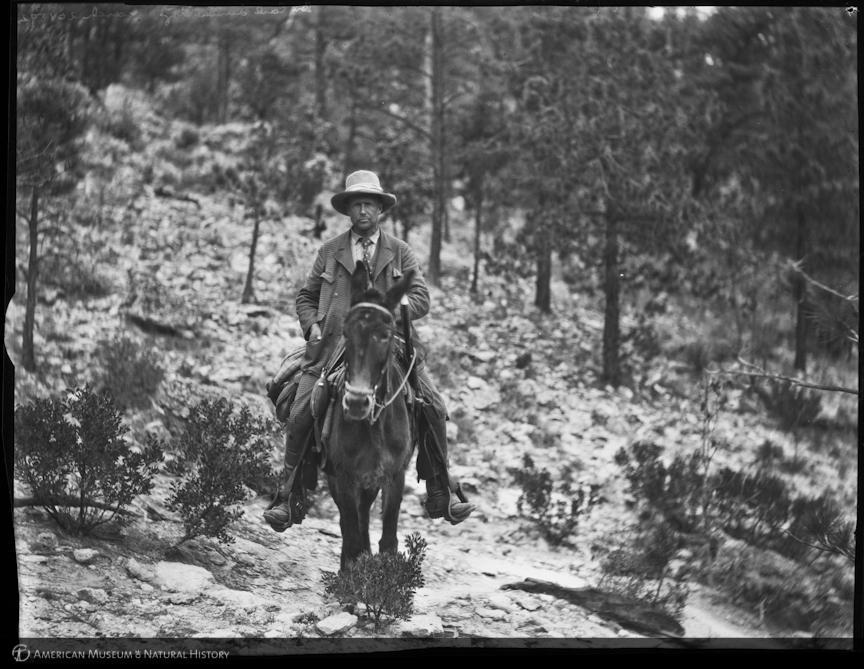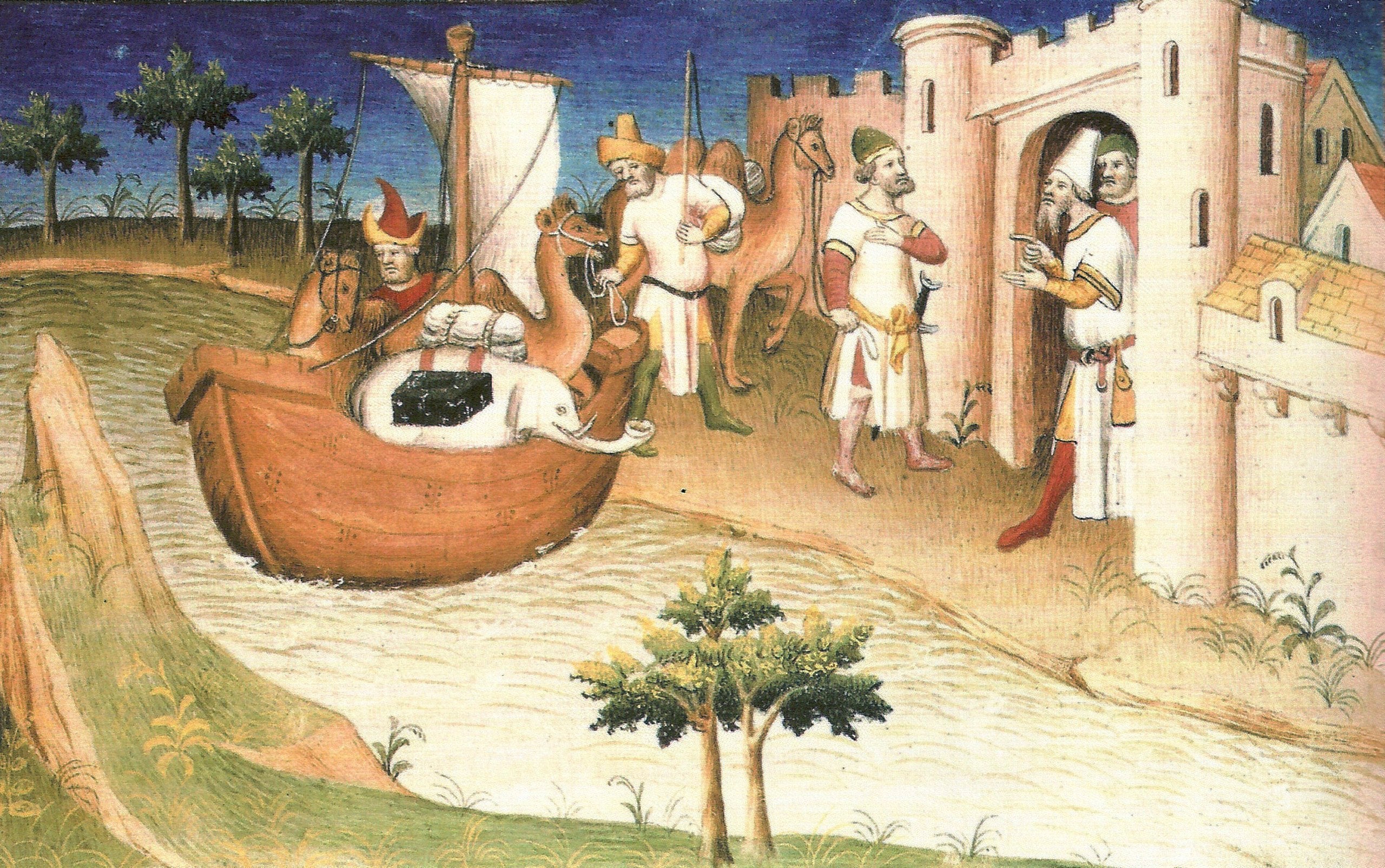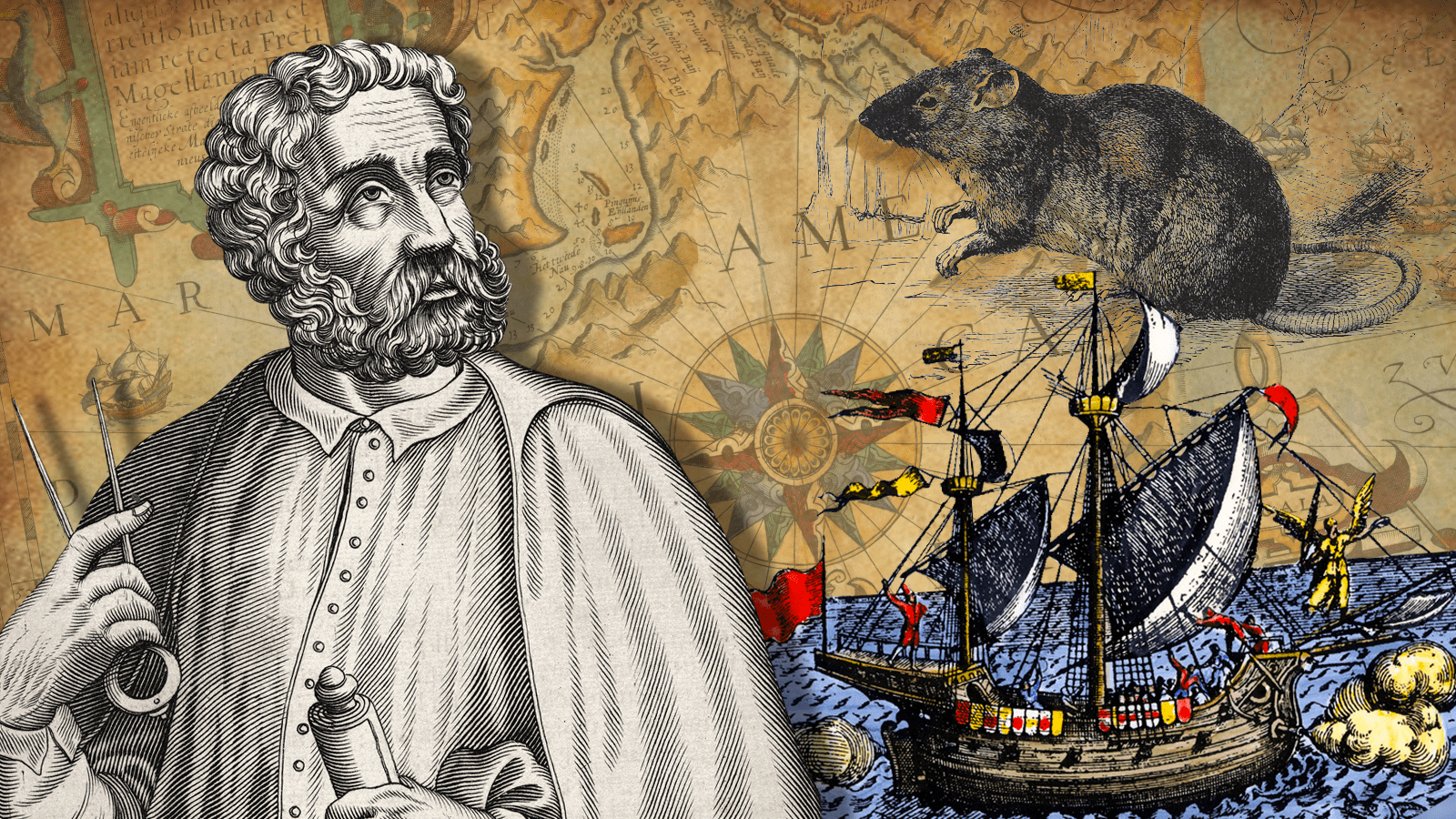In the early 20th century, Norwegian explorer Carl Sofus Lumholtz embarked on a monumental expedition deep into the heart of Borneo—a region largely unexplored by Westerners at the time. Between 1913 and 1917, Lumholtz spent two years traversing the dense jungles of Central Kalimantan, engaging directly with indigenous tribes such as the Dayak and the Punan. His main goal was to understand local cultures, but he also documented the discovery of new species such as flying squirrels and colugos, contributing to the scientific knowledge of the region’s biodiversity.
In his records, Lumholtz described the Dayak people as skilled woodworkers and courageous in the face of danger, including encounters with crocodiles. Meanwhile, the Punan tribe, previously known for headhunting, had abandoned such practices and lived peacefully. These experiences were detailed in his 1920 publication Through Central Borneo, offering an in-depth look at the lives and customs of Borneo’s inland communities during that era.
Lumholtz’s expedition not only enriched scientific understanding but also paved the way for cross-cultural appreciation between the West and indigenous societies. Through his respectful approach and meticulous documentation, his work remains a valuable reference in the fields of anthropology and exploration history. His journey continues to inspire future generations of explorers to discover the world with both curiosity and cultural sensitivity.





